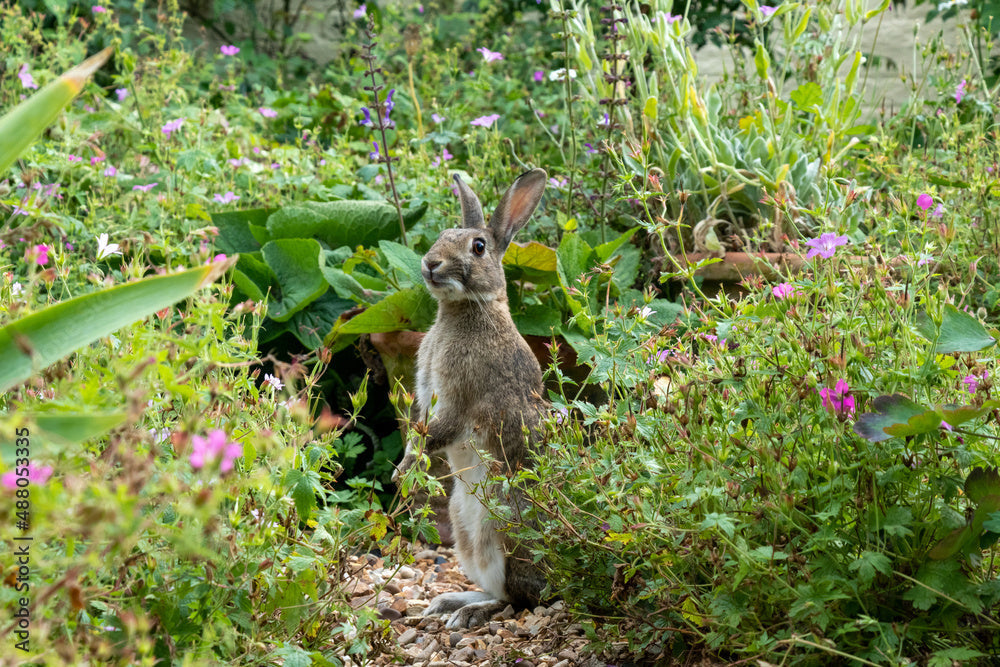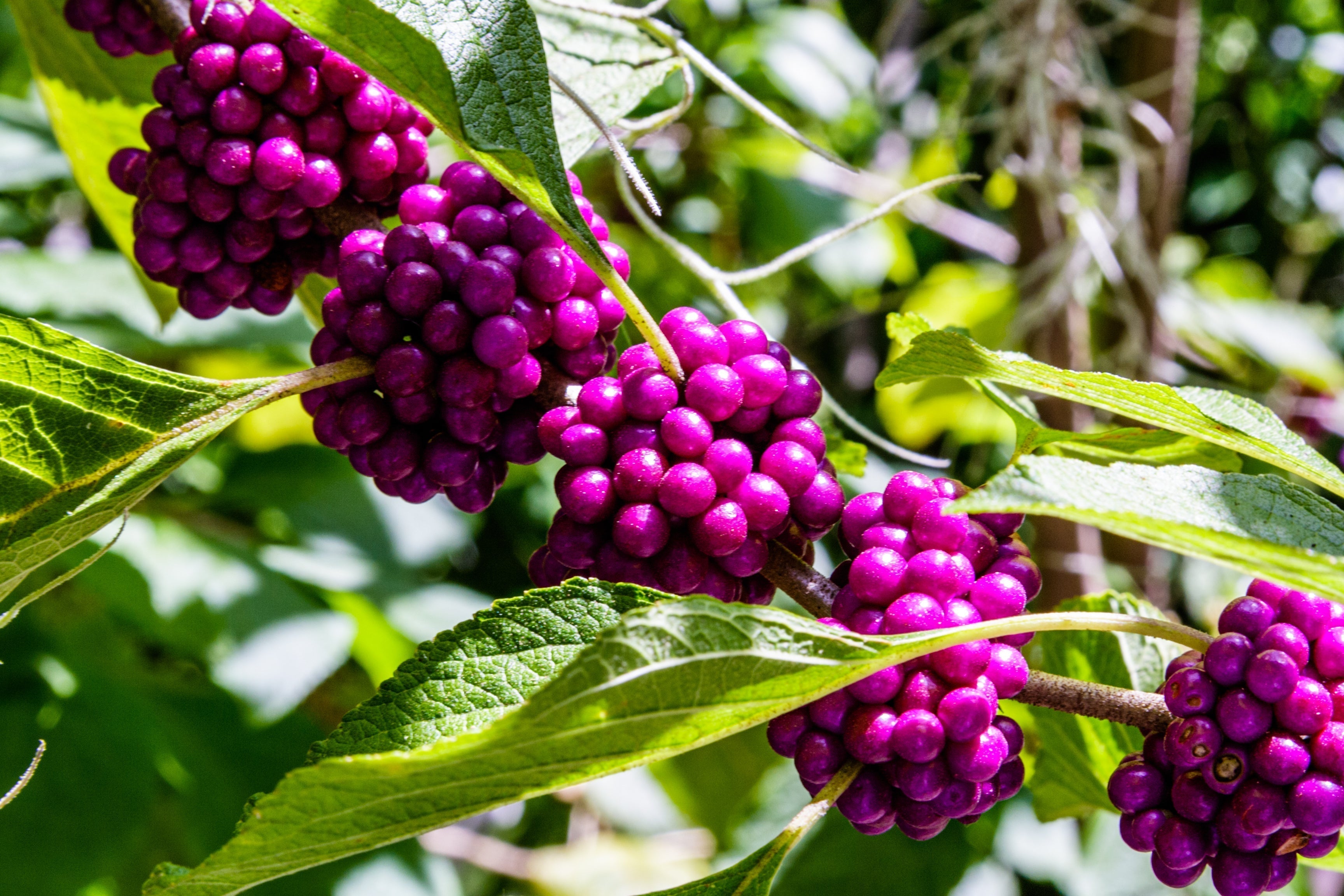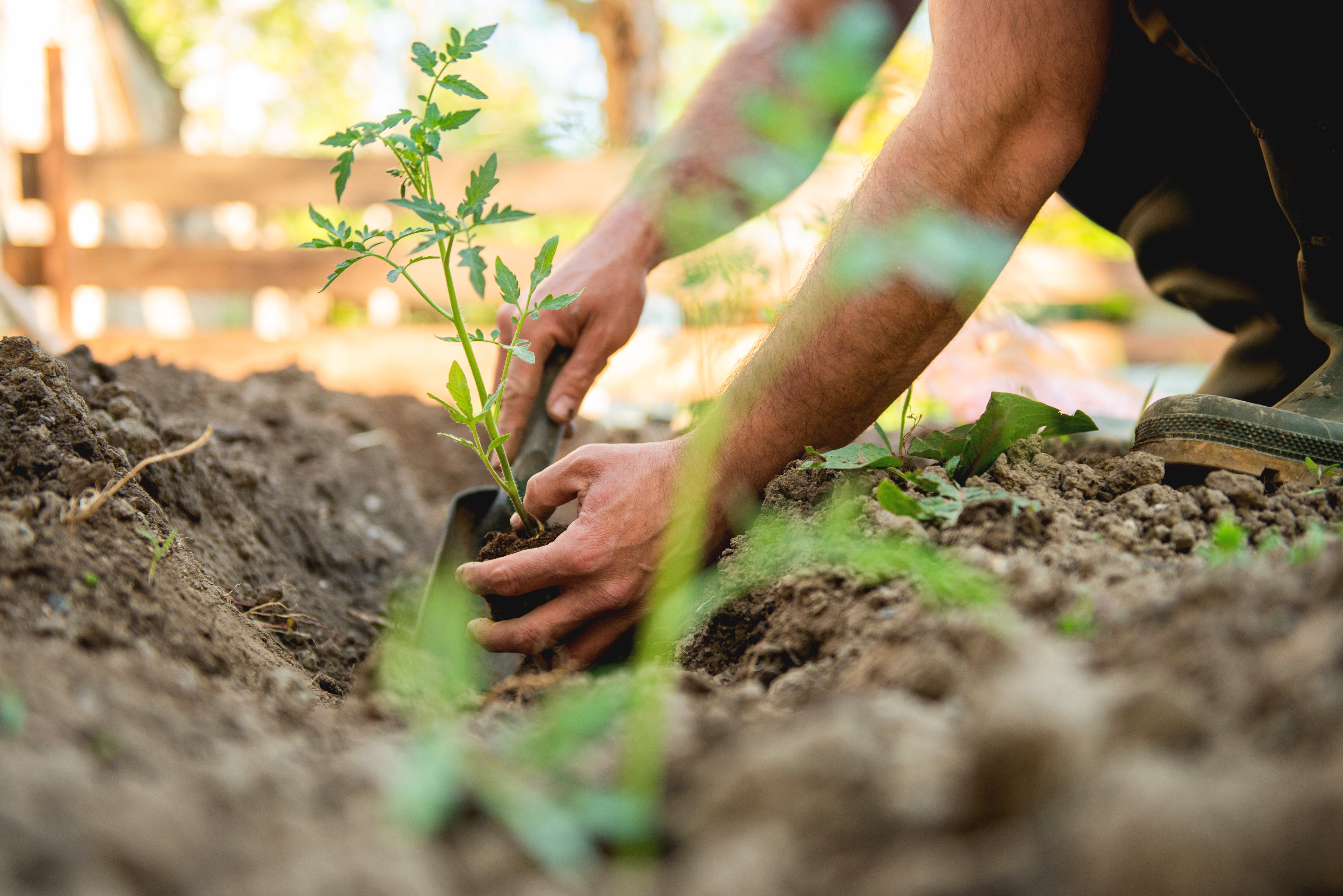Regenerative Landscaping vs Traditional Landscaping

Regenerative Landscaping vs Traditional Landscaping
Landscaping is more than just aesthetics; it plays a crucial role in the health of our environment and our families. Traditional landscaping relies heavily on turf lawns, synthetic chemicals, excessive water use, and high maintenance. However, homeowners are seeking more sustainable alternatives as water scarcity, biodiversity loss, climate change, and pollution become increasingly troubling throughout Texas.
Regenerative landscaping offers a forward-thinking solution that restores ecosystems, conserves resources, and creates thriving, self-sustaining landscapes with little maintenance. By working with nature instead of against it, regenerative landscaping promotes biodiversity, improves soil health, and reduces environmental impact.
This article compares traditional landscaping vs. regenerative landscaping, exploring their key differences, long-term benefits, and how you can transition to a more sustainable yard.
What is Traditional Landscaping?
Traditional landscaping is a conventional approach that prioritizes manicured lawns, non-native plants, and high-maintenance aesthetics. It relies heavily on frequent irrigation, synthetic fertilizers, pesticides, and gas-powered equipment. By prioritizing lawns and chemicals over native plant diversity, it depletes soil health, harms pollinators and wildlife, wastes water resources, and causes pollution.
Common Traditional Landscaping Practices:
-
Monoculture lawns (turf grass) are a primary element.
-
Use of non-native plants not adapted to your ecoregion.
-
Use of synthetic pesticides, herbicides, and fertilizers.
-
High water consumption.
-
Uses automated overhead sprinklers for lawns.
-
Gas-powered maintenance, including mowers, blowers, trimmers, and tillers.
-
Works against nature rather than with it.
Impacts of Traditional Landscaping:
-
Non-native plants that need high maintenance to survive. Alternatively, they thrive and escape cultivation to become invasive, threatening native plants and native wildlife everywhere.
-
Excessive water use is depleting local water resources. According to the Texas Water Development Board, 31% of our residential annual water consumption is dedicated to outdoor purposes. That number rises even higher in the drier parts of our state. About 80-90% of that outdoor water use is for maintaining lawns and gardens.
-
Automatic watering systems waste additional water through evaporation, runoff, and the watering of paths and sidewalks that don’t need it.
-
Synthetic fertilizers are harming human health through nitrate pollution in our water. Nitrates and phosphorus runoff also cause algae blooms in our waterways, depleting oxygen and creating dead zones that kill fish and aquatic life.
-
Synthetic fertilizers and pesticides degrade soil and destroy the soil biome, the collection of microbes and beneficial soil organisms that create healthy, nutrient-rich soil. This leaves nutrient-poor soil devoid of life. Soil without life rapidly erodes away and becomes compacted. It also increasingly depends on artificial inputs to grow plants in a vicious cycle of degradation and pollution.
-
Chemical pesticides kill off our pollinators, like bees and butterflies, that help pollinate our crops. They also kill our beneficial predatory insects (lacewings, ladybugs, mantis), and parasitic wasps that help keep plant pest populations in check. This also damages the soil biome and our local ecosystems and depletes native biodiversity.
-
Traditional lawn care relies on gas-powered mowers, blowers, and trimmers, which cause air pollution and emit greenhouse gases. A single lawnmower pollutes as much in one hour as driving a car for 300 miles.
-
Tilling garden soil causes soil erosion, depletes organic matter, compacts the soil in the long term, and further harms the soil biome.
-
Monoculture lawns eliminate habitat diversity, reducing food sources for pollinators, birds, and other native wildlife.
-
Contributes to landfill waste with plastic fertilizer bags, pesticide containers, and single-use plastic plant pots. Discarded yard “waste” is also bagged in plastic and sent to landfills in a linear cycle of resource use and waste instead of being returned to the soil.
What is Regenerative Landscaping?
Regenerative landscaping is a sustainable, eco-friendly approach that restores soil health, enhances biodiversity, and reduces environmental impact. Unlike traditional landscaping, it works with nature rather than against it to create self-sustaining, low-maintenance, climate-resilient ecosystems that benefit both people and the planet.
Core Practices of Regenerative Landscaping
-
Native plant landscaping to create healthy ecosystems that support biodiversity.
-
Water conservation using drought-tolerant native plants, xeriscaping, rainwater harvesting, rain gardens, and drip irrigation.
-
Uses composting, no-till methods, and organic mulch to focus on long-term soil regeneration rather than quick chemical fixes.
-
Wildlife-friendly garden designs that create habitat for local native wildlife using native plants, layers (trees, shrubs, wildflowers, and groundcovers), water elements (bird baths, shallow dishes for butterflies), rocks, logs, and other features.
-
Pollinator-friendly habitats for butterflies, bees, and birds to support biodiversity and encourage the productivity of our crops.
-
Avoids creating waste from synthetic materials and plastics.
-
Organic matter is returned to the soil in a circular cycle of soil and plant health that eliminates yard “waste”.
Impacts of Regenerative Landscaping
-
Conserves water resources by focusing on water-wise native Texas plants that need little to no water.
-
Rainwater harvesting and drip irrigation, rather than sprinklers, further conserve water resources.
-
Use of native plants helps control the spread of invasive species.
-
Regenerates the soil rather than degrading it. Healthy soil is the basis of a thriving soil biome teeming with life, supporting healthy plants and ecosystems.
-
Eco-friendly yards promote biodiversity by using native plants and avoiding chemicals. This creates a rich ecosystem with diverse habitats that support pollinators, beneficial insects, birds, mammals, and other local wildlife.
-
Climate-resilient landscaping that thrives better in changing climates with less maintenance.
-
Minimizing or eliminating the use of monoculture lawns reduces the need for mowers and trimmers. Similarly, we don't need blowers when we leave organic matter on the ground as mulch.
-
Storing organic carbon in the soil rather than letting it erode away helps combat climate change rather than contributing to it.
-
It causes no water, soil, or air pollution, and can help reverse existing pollution.
-
Eliminates landfill use by focusing on zero-waste gardening, eliminating single-use plastics, and artificial inputs.
-
Composting all organic yard “waste” to turn it into garden gold instead of bagging it in plastic and sending it to the landfills.
-
Sustainable landscaping with minimal inputs creates self-sustaining plant communities, which in turn create a beautiful, aesthetic landscape with little maintenance.
-
Regenerative landscaping benefits homeowners and communities by creating healthy yards, soil, air, and water, which helps keep our families and communities healthy.
Key Differences: Regenerative vs. Traditional Landscaping
|
Traditional Landscaping |
Regenerative Landscaping |
|
|
Plant selection |
Non-native species that are either high-maintenance or may become invasive |
Native, non-invasive, climate-resilient, low-maintenance plants |
|
Water Usage |
High irrigation needs, depleting water resources |
Low water use with drought-tolerant and rain-fed gardens |
|
Soil Health |
Unhealthy soil from chemicals and erosion, loss of soil biome, fertility, and organic matter |
Creates healthy soil through compost and mulch, creating a soil biome teeming with organic matter, nutrients, and life |
|
Biodiversity |
Low due to monoculture lawns and chemicals that destroy the soil biome and beneficial insects. No habitat or food for native wildlife. |
High biodiversity values with native plants, wildlife habitats, healthy soil biome, native pollinators, and beneficial insects. |
|
Maintence |
High. Requires constant watering, fertilizing, weeding, pesticides, and mowing. |
Low. Self-sustaining plant communities and healthy soil naturally create healthy, low-maintenance landscapes. |
|
Environmental Impact |
Creates chemical pollution in water, soil, and air, and microplastic pollution in soil and water. High carbon footprint that contributes to climate change. |
Conserves water, prevents and even reverses air, soil, and water pollution, and sequesters carbon in the soil, preventing and reversing climate change. |
Key Long-Term Benefits of Regenerative Landscaping
-
Financial savings through reduced water use and no need to purchase fertilizers, herbicides, pesticides, lawnmowers, tillers, or blowers.
-
Improved soil and plant health.
-
Our food plants are healthier for us to eat.
-
Increased biodiversity with more native wildlife and pollinator activity.
-
Better climate resilience.
-
Eliminates landfill use.
-
Helps combat climate change and pollution.
-
Eco-friendly yards that require minimal maintenance to look beautiful.
How to Transition from Traditional to Regenerative Landscaping
Getting started is easy! If you don’t have the time to change your entire yard, start small with these simple steps to create a thriving, sustainable garden!
-
Get inspired by downloading our Native Plant Recipe Guide to help you get started.
-
Start replacing sections of turf with native plant landscaping.
-
Stop buying chemicals and start a compost bin instead.
-
Feed compost to your garden every spring and again in the fall to regenerate your soil.
-
Stop tilling your soil.
-
Eliminate overhead sprinklers and implement rain gardens, rain barrels, and drip irrigation.
-
Use natural mulch to suppress weeds and conserve moisture.
-
Encourage biodiversity with pollinator-friendly flowers and shrubs.
-
Explore our Design & Build Services to start rewilding your lawn. We can help you design and build your new sustainable landscape today!
Final Thoughts: The Future of Sustainable Landscaping
How we design and maintain our yards has a lasting impact on the environment, our communities, and our well-being. While some favor traditional landscaping for its short-term visual appeal, it comes with substantial long-term costs. It depletes the soil, creates pollution, harms biodiversity, and requires constant artificial inputs and maintenance. In stark contrast, regenerative landscaping is low-maintenance, cost-effective, and eco-friendly; it regenerates the soil, enhances biodiversity, conserves water, and creates resilient landscapes.
By making simple yet meaningful changes, such as incorporating native plants, adding compost and natural mulch to regenerate the soil, and eliminating chemical use, you can transform your yard into a thriving, sustainable ecosystem. The future of landscaping is regenerative. Are you ready to make the switch? Download our Native Garden Guide or explore our Design & Build Services to start your journey today!





Comments